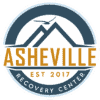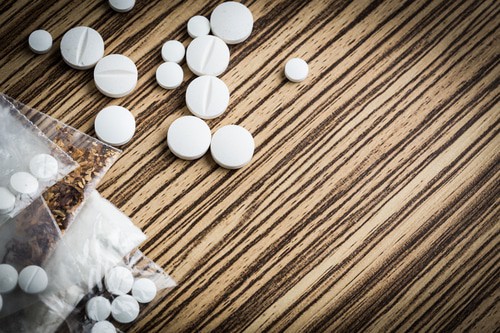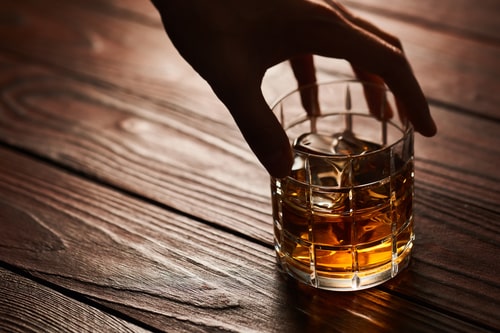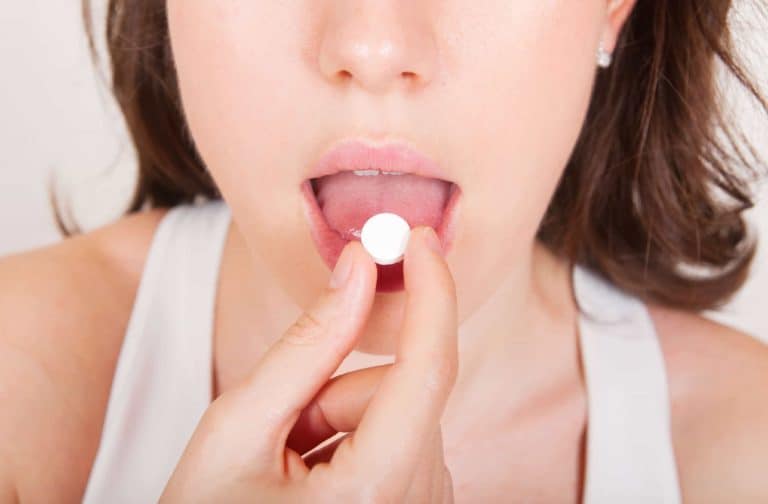Spice and K2, the OG synthetic cannabinoids, debuted in 2008, but many other forms of fake weed followed, often with a slightly different chemical makeup to subdue fresh laws surrounding these dangerous designer drugs. Keep reading to learn more.
How many overdoses and deaths are related to synthetic drugs?
Early detection of new synthetic drugs is a challenge because they are easily modified. The difference of one molecule makes a new formula just as effective (if not more effective) and the new formula is legal while the previous formula is deemed illegal.
However, the dangers of designer and synthetic drugs are still a concern even though the last government studies were in 2010 and 2011. These studies are no doubt aged due to the speed at which manufacturers revise chemical compounds to run circles around laws and to keep these dangerous synthetic drugs on the white market and dark web.
Under the direction of the Substance Abuse and Mental Health Services Administration (SAMHSA), the Drug Abuse Abuse Network (DAWN) is a comprehensive public health monitoring system designed to track visits to emergency rooms related to recent drug use. This initiative offers critical information on emerging patterns in the use of substances in the US.
In 2014, DAWN published data regarding emergency room visits involving synthetic cannabinoid use, and it’s quite alarming.
From 2010 to 2011, synthetic cannabinoid related emergency room visits more than tripled among 12 to 20-year-olds.
ER visits among 12 to 17-year-olds were higher in 2011 than in 2010, but ER visits among 18 to 20-year-olds increased more from 2010 to 2011 than the younger age group. This data suggests that synthetic cannabinoid use was initiated by teens and then was later more popular (and more heavily used) among young adults.
Later in this post, we take a closer look at how these numbers compare to ER visits from the use of natural marijuana.
Fake weed vs real weed: which is worse? Addiction treatment is in reach through our partial hospitalization program. Dial (828) 518-6996 to speak with an Asheville Recovery Center representative to begin your journey.
How much do you know about synthetic drugs?
What are designer drugs? What are synthetic drugs? What are the differences?
Within most of the drug vernacular, the terms designer drugs and synthetic drugs are often interchanged. However, there is a small distinction between the two.
The designer drugs definition is described as drugs that have been selectively created by compounds resembling any other form of controlled substances, and usually prescription drugs. They were designed to imitate the prescription drug’s effects so that they could not be identified easily during drug screenings. New designer drugs continue to be illicitly manufactured to keep them accessible without needing a prescription for the real thing, and many party drugs are also considered designer drugs.
The synthetic drugs definition is described as drugs that have been developed in the laboratory and have been engineered to be identical to natural substances such as marijuana, heroin, and opium. The chemical composition of the synthetic drug is nowhere close to the composition of the substance that is cultivated from natural sources such as seeds, leaves, and other parts of plants. New synthetic drugs also continue to be illicitly manufactured to keep them accessible without the risk of purchasing illegal, natural drugs.
Now that you know the fundamental difference between designer drugs and synthetic drugs, let’s take a closer look at synthetic drugs, specifically synthetic marijuana a.k.a. Spice or K2.
Synthetic Drugs List
All drugs fit into different classes or types and schedules. The classes and types, as designated by the Drug Enforcement Administration, are usually limited to stimulants, hallucinogens, depressants, inhalants, narcotics, and steroids. In addition to these classes, each drug falls into sub-categories of natural, semi-synthetic, and synthetic.
The DEA has also determined schedules I through V depending upon the drug’s acceptable medical use and the drug’s abuse or dependency potential. The schedule level also determines the severity of criminal prosecution.
The table below shows a list of natural and synthetic drugs, their class, schedule, and the most common names for synthetic street drugs.
| Natural or Prescription Drug | Synthetic Version | Classification | Schedule |
|---|---|---|---|
| Marijuana | Spice, K2, and others | Psychoactive | I |
| Heroin, Morphine (both from parts of opium poppy plant) | Fentanyl, OxyContin | Depressant | I |
| Mushrooms | Psilocybin | Hallucinogen | I |
| Peyote | Mescaline | Hallucinogen | I |
| Lysergic Acid Dethylamide (fungus) | LSD | Hallucinogen | I |
| Cocaine, Coca Plant | Bath Salts, Flakka | Stimulant | II |
| Adderall, Ritalin | Amphetamine | Stimulant | II |
| Desoxyn | Methamphetamine | Stimulant | II |
| Phencyclidine (PCP) | Ketamine | Dissociative, Hallucinogen | III |
The above list is by no means exhaustive, but it does provide some of the more well known synthetic drug types and examples of synthetic drugs.
So, which synthetic drugs are legal and which ones are illegal? Due to the constantly changing chemical compounds of synthetic drugs, the legislation efforts on both federal and state-levels diminish any hopes for standardized synthetic drug laws.
What are synthetic drug laws?
Truthfully, synthetic drug laws aren’t able to keep up with the manufacturers illicitly producing and distributing them, but efforts are consistently made to identify the dangerous chemicals in each version of synthetic cannabinoid that is released.
In July of 2012, the Synthetic Drug Abuse Prevention Act was passed which banned five of the most common chemicals found in synthetic marijuana and/or bath salts.
Despite the number of illegal synthetic drugs that were listed in the act (158 to be exact), synthetic drugs that are still legal are sold at convenience stores, gas stations, smoke shops, and head shops all over the US making it fairly easy to buy synthetic drugs, especially for teens and young adults. In addition, a simple click of the mouse using mom or dad’s credit card allows teens and young adults to buy fake weed online.
Because of its accessibility, the dangers of legal synthetic marijuana use are left to parents to discredit; kids as young as 13 are using synthetic marijuana. Educating both parents and youth about what these drugs look like and how they are made is our only hope.
What is synthetic marijuana?
The synthetic marijuana definition, according to the National Conference of State Legislatures (NCSL), is a chemically engineered compound similar to the active ingredient in marijuana, tetrahydrocannabinol (THC). The high can resemble that of marijuana when smoked or consumed, but may also result in more serious reactions.
How is synthetic marijuana made?
What is fake weed? Unfortunately, anyone who purchases fake weed has no idea what the ingredients are. Fake weed is simply some plant material that is sprayed with a mixture of chemicals, and those chemicals are unknown because the packaging has very little information. In fact, most packaging simply states “not for human consumption” and is often disguised as herbal incense or potpourri.
The specific chemicals aren’t identified until forensic chemists can isolate each chemical used. Sadly, by that time, many individuals have already purchased it, used it, and most likely overdosed on it.
In fact, synthetic marijuana is 100 times more potent than natural marijuana, but it’s poisonous chemicals that cause the high, not THC. These chemicals bind to the same brain receptors as natural marijuana.
Aegis Labs published a clinical update in July 2020. In 2018, there were 470 cases (eight of which led to death) of internal bleeding because a chemical that was isolated from one particular brand of synthetic marijuana was brodifacoum which is commonly used in rat poison. Another blend was analyzed to find roach insecticide.
Additionally, recipes for how to make fake weed have included acetone, which is the same chemical found in nail polish remover and paint remover.
Some sellers of fake weed also sell synthetic marijuana spray or chemically-enhanced rolling papers which claim to provide a more intense high; however, these accessory products only worsen side effects and chances of overdose.
It’s difficult to judge the safety of a product like synthetic marijuana; information on the packaging is severely lacking any details on its contents. Even if the contents were provided to the FDA, synthetic marijuana would not be approved.
Is fake weed bad for you?
If you haven’t already put together that fake weed is bad for you based on the fact that its contents may include some of the same ingredients as rat poison, insecticide, and paint remover, perhaps taking a closer look at what fake weed does to your body will help.
First of all, the illicit manufacturers of synthetic marijuana don’t seem to know what real marijuana is, and if they do, they don’t care that what they distribute is far more dangerous.
Due to the characteristics of a synthetic marijuana high, most people who have used both will tell you that fake weed effects are more akin to those of LSD. In addition, synthetic marijuana side effects, both short-term and long-term, as well as overdose and withdrawal symptoms are extremely worse than those of real weed.
So, what does synthetic marijuana do to you? According to the Center for Disease Control and Prevention, synthetic cannabinoid health effects are extremely unpleasant. Some of the more frightening and life-threatening effects, as shown in the following table, are seizures, stroke, coma, heart attack, kidney failure, brain swelling, and even paralysis.
| Short-term Side Effects | Withdrawal Symptoms | Overdose Symptoms | Long-term Side Effects |
|---|---|---|---|
| acute psychotic episodes, intense hallucinations, severe agitation, disorganized thoughts, paranoid delusions, violence, elevated heart and blood pressure, tremors, seizures, vomiting, agitation, anxiety, pallor, numbness, tingling | nightmares, heavy sweating, nausea, tremors, headaches, extreme tiredness, insomnia, diarrhea, vomiting, problems thinking clearly | agitation, anxiety, seizures, stroke, coma, heart attack, organ failure | forgetfulness, confusion, paralysis, kidney injury, brain swelling, seizures, hallucinations, aggression, heart palpitations, chest pains |
What’s more frightening is comparing ER visits among 12 to 20-year-olds for synthetic marijuana versus real marijuana. The same study from 2011 referenced previously in this post shows some of these comparisons.
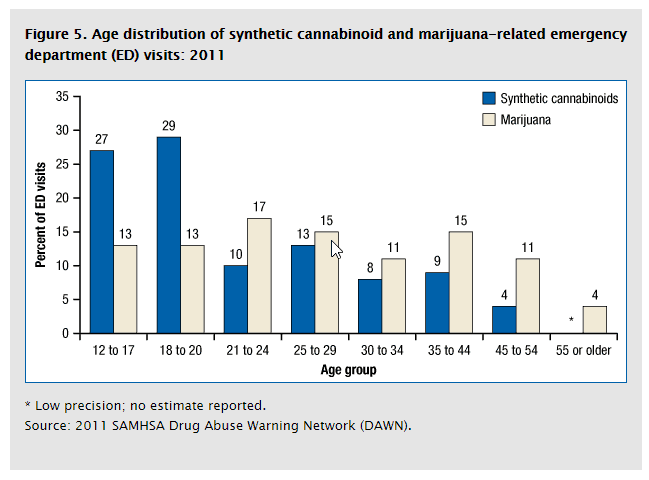
Even more disconcerting is that 56 percent of ER visits in 2011 among 12 to 20-year-olds were related to synthetic cannabinoids while only 26 percent were related to real marijuana.
Our message regarding the use of real marijuana versus synthetic marijuana is that both can be dangerous; however, smoking fake weed has much more dire outcomes.
If you aren’t sure how to tell the difference between fake weed and real weed, the next section includes descriptions, images, and names of synthetic cannabinoids.
What does fake weed look like?
Synthetic marijuana looks very different than real marijuana mainly because fake weed is made of random plant material and is usually small clippings of leaves from plants like mullein and damiana. Fake weed will also smell different than real weed – likely a more chemical or floral smell than a deep earthy aroma.
Additionally, synthetic marijuana packaging will appear cartoonish and will always include the phrase “not for human consumption,” as pictured below.

Real marijuana flower, if packaged, will be loaded with information such as THC concentration and legal codes depending on the state in which it’s purchased. It is also typically sold by the gram or ounce as buds rather than pre-chopped plant material.
What are some fake weed names?
Finding a comprehensive synthetic cannabinoids list of brand names is quite difficult because different ones fly on and off the shelves as new laws are passed and as illicit manufacturers continue to modify and distribute them. With that said, here is a non-exhaustive list of brand names of fake weed.
| Bizarro | Demon | Lava Red | Mr. Nice Guy | Scooby Snax |
| Black Diamond | Diablo | Mad Hatter | Ninja | Serenity |
| Black Magic | Dream | Mamba | Paradise | Spike |
| Cloud 9 | Genie | Mojo | Pineapple | Yucatan Fire |
| Crazy Clown | Joker | Mombay Blue | Purple Haze | Zohai |
It’s important to note that all packaged fake weed WILL have the phrase “not for human consumption” and will be under the guise of herbal incense, potpourri, or plant food. Also, be aware that some of these illicit manufactures are also making synthetic cannabinoid vaping products.
Where can I find synthetic marijuana addiction treatment?
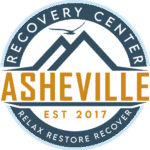
Treatment for synthetic drugs is just a phone call away. Call Asheville Recovery Center to inquire about our addiction treatment services.
